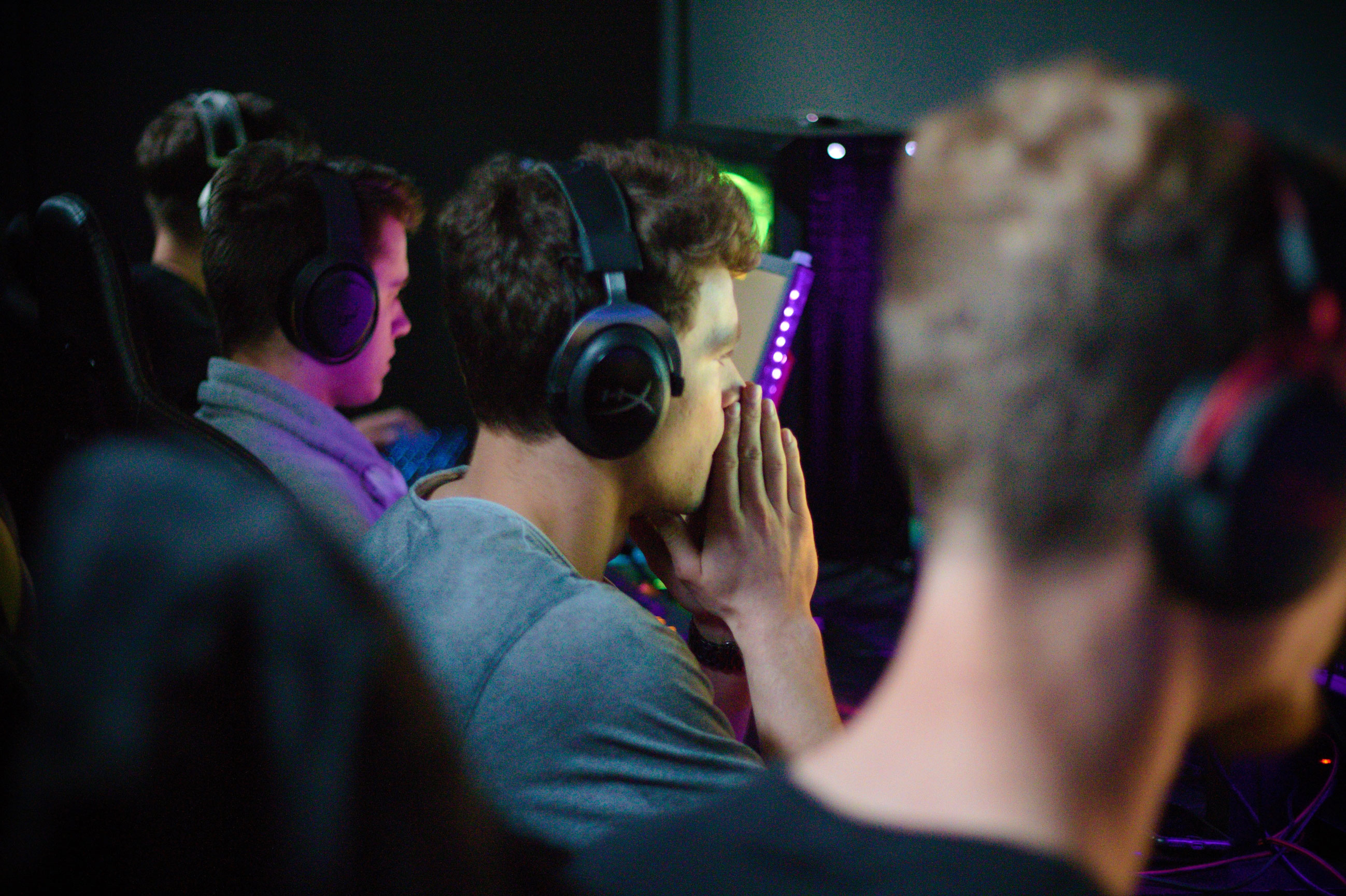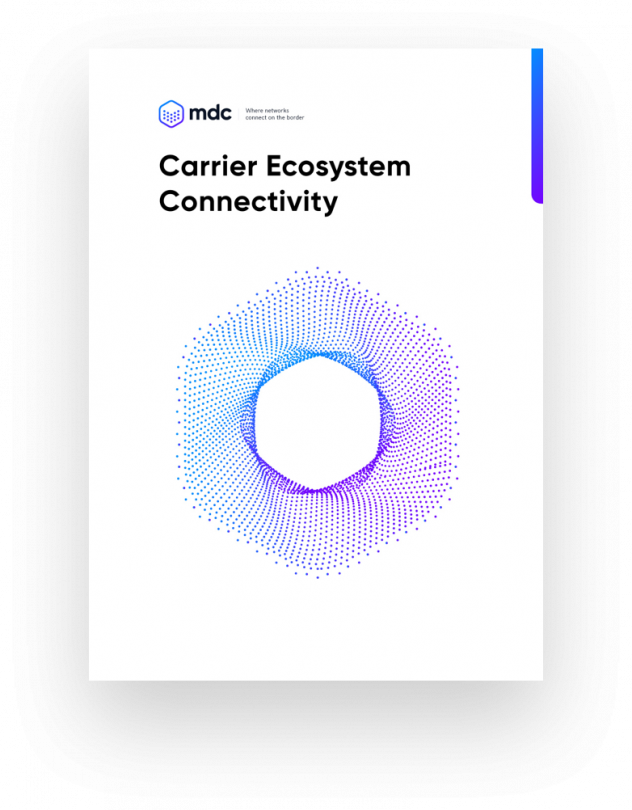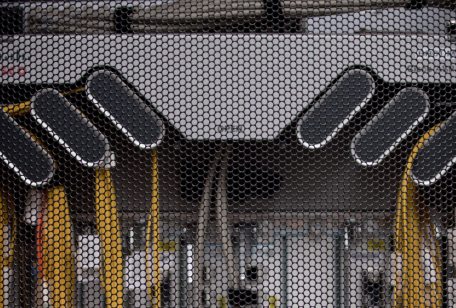
MDC Newsroom
The gaming markets in Mexico and throughout Latin America continue to grow, and even as new players like NVIDIA and Amazon enter the ring, gamers in these regions still do not enjoy access to any of the major cloud gaming services.
The world of gaming has been buzzing with exciting news lately, from NVIDIA’s RTX 3080 graphics arrival in September to the next-gen console launches by Microsoft and Sony, each promising game-changing graphics and performance for gamers.
But just as exciting as these highly-anticipated product arrivals, these same companies have another thing in common, each one has introduced or announced a gaming-as-a-service or cloud gaming option – and they’re not the only ones.
What exactly is cloud gaming?
For those that may be unfamiliar, cloud-gaming is essentially when the game itself runs on a remote server instead of being processed by the device used to play the game. Similar to watching something on Netflix, this way the game is streamed to a device. The ability to do this is truly a game-changer because it expands the options of games for people to play on portable devices that were traditionally only reserved for consoles or pcs.
Slow internet speeds and high latency have been the main problems for cloud gaming to grapple with– after all no one likes to lose because of “lag”. But Google’s Stadia launch proved that the underlying technology for cloud gaming is viable, but it requires a vast infrastructure to be as close as possible to the end-user. This was Google’s biggest advantage. Its powerful global data center network operates more than 20 cloud campuses internationally and thousands of edge nodes to improve latency and content distribution.
Now more companies continue to enter the competition for cloud gaming supremacy. For example, NVIDIA’s GeForce Now service left its beta stage earlier this year, and Microsoft’s xCloud and Tencent’s two services Start and WeGame have all entered their respective betas.
Amazon is now the latest major company to announce its entry to the gaming market with Luna, a direct competitor to Google’s Stadia. Amazon’s Luna will launch with more than 50 games, including Remedy Entertainment’s Control, Resident Evil 7, and Metro Exodus – all available to stream on PC, Mac, and iOS.
Google Unleashes a New Era for Cloud Gaming
What Stadia is all aboutWhile service offerings differ from platform to platform, the basic concept is still the same: a subscription to stream games just like Netflix, Hulu, or Disney+. While each platform has its own advantages, like the size of its content galleries or its access to premium titles, it seems one other main competitive advantage will be whether they can expand and sustain their footprint and be as close as possible to the gamers they serve.
Cloud gaming isn’t going anywhere now that so many companies have become so heavily invested and market research experts are very optimistic about the future performance of the cloud gaming industry.
A recent analysis conducted by Newzoo demonstrated that cloud gaming continues to grow and that it’s on track to reach global revenues of $3.2 billion by 2023 (as the most likely scenario).
Cloud gaming in Mexico
Cloud gaming is still restricted to traditional regions – North America and Western Europe for the most part. Gamers in Mexico and Latin America still do not have access to any of the major platforms previously mentioned despite the fact that Mexico not only leads the gaming market in Latin America but it ranks as one of the largest in the world.

Mexico leads the digital gaming market in Latin America
More about Mexican gamersA majority of gamers in Mexico play on their mobile devices now more than ever. A survey carried out in Mexico last year by Statista concluded that 68% of respondents who played video games did so using their mobile phones. Another survey by Statista also indicates that gamers in Mexico have also begun to play more frequently since the country implemented quarantine measures to fight the COVID-19 pandemic.
Mexico has also embraced e-sports, which is expected to reach 22 million U.S. dollars by 2023. Teams like the Chivas are competing as professional esports teams and in 2019 Cracken Esports debuted in Mexico. The increasing popularity of esports has also given rise to specific brand preferences that may prove advantageous for cloud gaming platforms looking at Mexico. For example, 62% of esports viewers surveyed by Newzoo have a positive brand attitude toward Nvidia
From May 2018 to May 2019, broadband internet in Mexico averaged a download speed of 6.02 Megabits per second (Mbps), up from 5.69 Mbps registered between June 2017 and May 2018. Mobile speeds have also improved, as of August 2019, Telcel’s 4G connections had an average latency of 52.1 milliseconds.
Despite these improvements, it still not enough to handle a triple-a title like Destiny on Google’s Stadia, which requires a minimum of 10 Mbps download speed and a latency below 20 milliseconds, but it is sufficient to handle games like Fortnite which only requires a 3 Mbps download speed.
So when, not if, Mexico meets the general requirements to sustain a cloud gaming industry, will the platforms be ready to deliver the content or will they continue to lag? Will they have the foresight to begin planning the infrastructure necessary not only to service the Mexican market but the Latin American region overall?
Border connectivity
Cloud gaming service providers will certainly need to get closer to gamers in Mexico, and border cities like McAllen, El Paso, and Laredo serve as interconnection hubs that provide access to the world’s largest concentration of Mexican operators in the United States. The strategic location of these hubs also enables direct connectivity to other key destinations for the country’s operators.
Why border connectivity is critical for Mexican Networks
Learn more about interconnection on the borderBorder cities like McAllen and El Paso can serve as a benchmark of savings and growth available at the border. Because of the large concentration of carriers with a global reach in McAllen, it becomes unnecessary for Mexican operators to travel all the way to Dallas for interconnection services. This potentially adds up to more than 500 miles of transportation savings.
Download our Carrier List and learn more about the operators that make up the MDC ecosystem.









